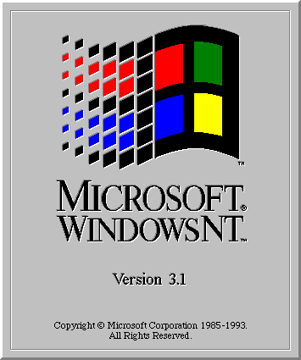July 27, 1993 – Windows NT 3.1 was a groundbreaking operating system designed primarily for businesses offering enhanced security and stability. It diverged from the consumer-oriented Windows 3.x series by utilizing a 32-bit architecture and not relying on MS-DOS. With a focus on portability, it marked the debut of the NT operating system line, followed by versions like Windows NT 3.5, 3.51, and 4.0.
Unlike its predecessors, Windows NT was not merely an update but built from scratch, boasting a secure file system (NTFS) and the innovative Windows registry. It aimed for portability across different processor architectures, running on x86, MIPS, and later Digital’s Alpha.

The microkernel design and preemptive multitasking provided a more reliable and secure system, albeit with some compatibility limitations for older applications. Windows NT 3.1’s success eventually led to the dominance of Windows in the enterprise space and marked a turning point in computing history, gradually replacing older server operating systems like NetWare and IBM’s OS/2. Although Windows NT had its vulnerabilities and complexities, it laid the foundation for Microsoft’s future operating system developments, contributing to the long-term success of Windows on both desktop and server platforms.






